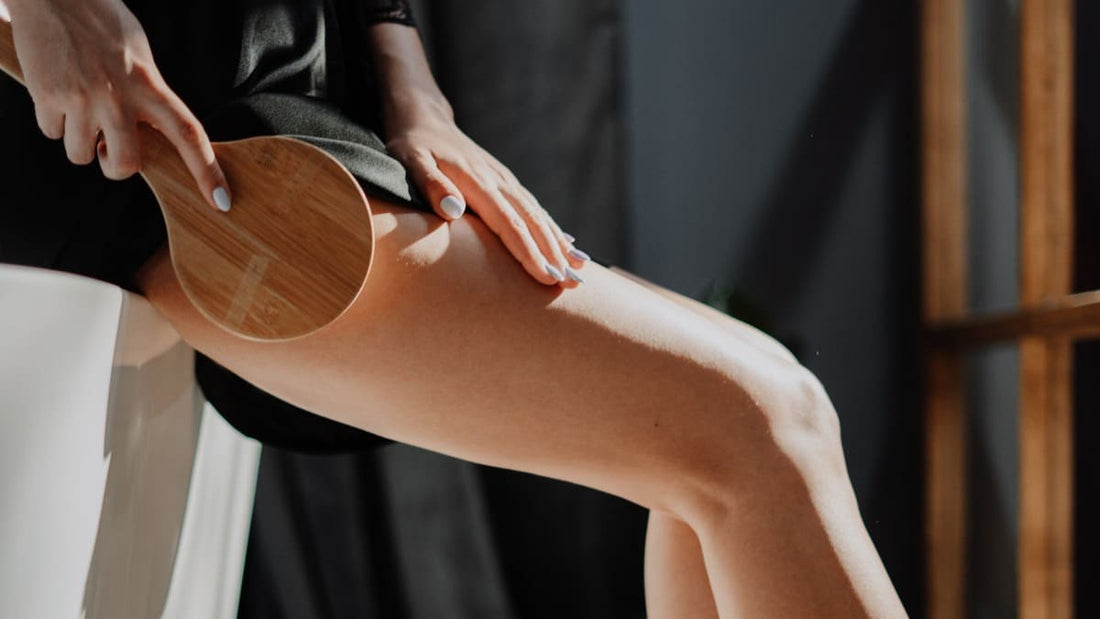Subscribe Us
Subscribe to our newsletter and receive a selection of cool articles every week
Causes of Fluid Retention

Fluid retention, also known as edema, is a condition that occurs when excess fluids accumulate in the body's tissues. This can result in swelling and discomfort, especially in the hands, feet, ankles, and legs. If you are experiencing fluid retention, it is important to understand the various causes that may be contributing to this condition.
Main Causes of Fluid Retention
Here we present the main causes that can lead to edema:
Having a Poor Diet
One of the main factors that can lead to fluid retention is an unhealthy diet. Consuming excessive amounts of sodium, commonly found in processed and high-sodium foods, can significantly contribute to fluid accumulation in the body.
An insufficient intake of essential minerals like potassium can also disrupt your body's fluid balance. To reduce the risk of fluid retention caused by diet, it's crucial to opt for a balanced and nutritious diet. Incorporate fresh fruits and vegetables into your meals to increase your potassium intake. Additionally, limit the consumption of processed foods and opt for whole, unprocessed foods whenever possible.
Leading a Sedentary Lifestyle
If you lead a sedentary lifestyle, you may be more prone to fluid retention. Lack of physical activity can affect the proper circulation of fluids in your body, leading to fluid accumulation in your tissues. Regular exercise helps promote blood circulation and lymphatic drainage, reducing the likelihood of fluid retention.
Engaging in activities such as walking, running, swimming, or cycling can significantly improve the fluid balance in your body. At least 30 minutes of moderate exercise a day is recommended to maintain a healthy lifestyle and prevent edemas.
Hormonal Imbalances
Hormonal imbalances can also be responsible for fluid retention. Fluctuations in estrogen and progesterone levels, commonly experienced during the menstrual cycle and pregnancy, can lead to water retention in the body. Additionally, conditions like hypothyroidism or certain medications that affect hormone levels can contribute to fluid retention.
Medication Use
Certain medications can have the side effect of fluid retention. Drugs such as non-steroidal anti-inflammatory drugs (NSAIDs), antidepressants, and calcium channel blockers are known to cause edema in some individuals.
If you suspect that your medications are contributing to fluid retention, do not stop them without consulting your doctor. They can offer alternatives or adjust the dosage to minimize this side effect.
Symptoms of Fluid Retention
Fluid retention manifests through the abnormal accumulation of fluid in body tissues, with ankles and eyelids being common affected areas. The main symptom is characterized by a stretched or shiny appearance on the skin, and when pressed with a finger, a temporary mark forms that gradually disappears. These symptoms are often frequent during the summer, when temperatures are high.
In addition to localized edema, fluid retention can present as regional edema, affecting a specific limb, or as generalized edema that impacts the entire organism. It is essential to be attentive to these signs, as they may be indicative of underlying medical conditions that require attention and appropriate treatment.
Here are other articles that talk about fluid retention:
Effective Treatments for Fluid Retention
Fluid retention can be a common concern that affects comfort and overall health. However, there are various effective methods and approaches to reduce this problem, alleviating swelling and promoting an optimal balance in the body. Here we show you some of them:
- Increase water intake: Although it may seem contradictory, drinking more water can help eliminate excess fluids by promoting urination and maintaining an adequate water balance.
- Avoid sedentary behavior and keep legs elevated: Avoiding sitting or standing for long periods and elevating the legs while resting can help reduce fluid accumulation in the lower limbs.
- Use compression garments or pressotherapy: Using compression garments, such as stockings or socks, as well as pressotherapy sessions, can help improve circulation and reduce fluid retention in legs and feet.
- Massages and lymphatic drainage: Specialized massages and lymphatic drainage can help mobilize retained fluids, facilitating their elimination and reducing swelling.








